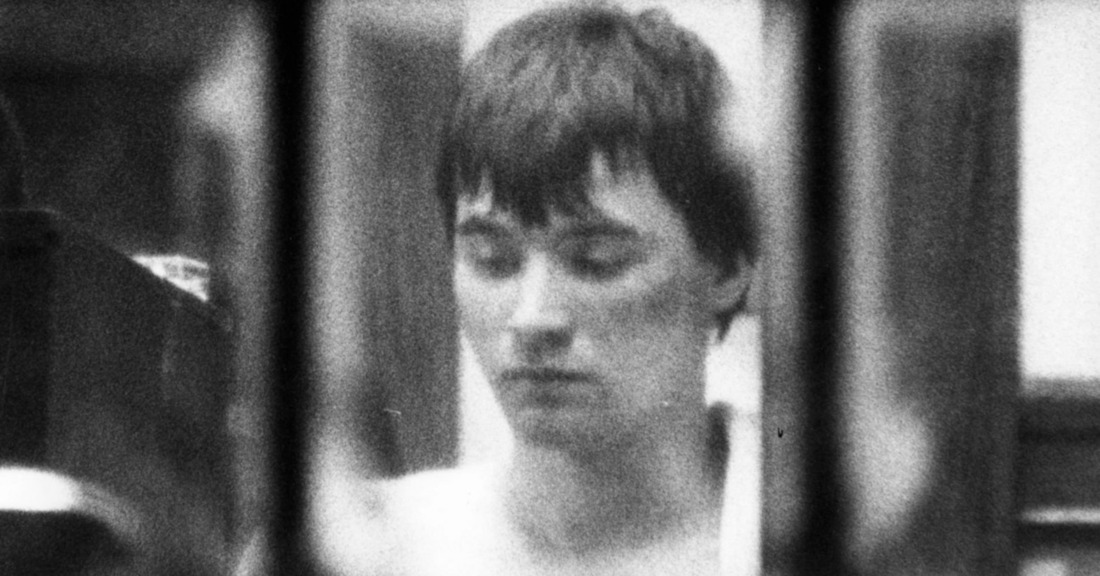Boy in the Walls follows Alisa Jensen as she moves from New York City to rural Connecticut, where she hopes to build a life with her husband and stepchildren. Struggling to bond with a rebellious stepdaughter, Jensen develops a feeling that someone might be watching her. The strange noises she hears in the house intensify her fears.
Boy in the Walls is likely based on the crimes of Daniel LaPlante
Boy in the Walls tackles phrogging, the act of living in another person’s home without their consent. Daniel LaPlante is arguably the most famous phrogger of all. Given the similarities between LaPlante’s crimes and the film, his actions likely inspired Boy in the Walls.

Abused by his father and raised in a derelict home, LaPlante had a difficult childhood. In an attempt to treat his mental health issues, LaPlante began sessions with a psychiatrist, who diagnosed him with hyperactivity and, sadly, abused him. Unable or unwilling to make friends, LaPlante spent most of his time away from school in a secluded wooded area.
Through trickery, LaPlante landed a date with 15-year-old Tina Bowen. During the date, he seemed more concerned with Tina’s mom’s death than with Tina, who planned to never see LaPlante again. LaPlante, however, had other ideas. He snuck into the Bowen residence and hid in a wall, where he could observe the family of three and emerge to move things and leave threatening messages.
Frank Bowen, Tina’s father, discovered the family’s tormentor hiding in a closet. Wielding a hatchet, LaPlante locked the family in a room. Tina escaped and called 911 from a neighbor’s home. The police found LaPlante hiding in the cellar of the house.
Two months after release on bail, LaPlante committed a triple homicide. He broke into the Gustafson residence, a home he’d burglarized before, armed with a .22 firearm he’d stolen from another house. LaPlante didn’t expect to find anybody home. He considered escaping but decided otherwise.
LaPlante raped Priscilla Gustafson before executing her. He then drowned her two children, Abigail and William. Authorities swiftly linked LaPlante to the murders and placed him on trial. The jury found him guilty of three murders.
When sentencing him to three life sentences, the judge suggested that LaPlante deserved more severe punishment. “There are some who would say that you should receive the same sentence that you imposed on the Gustafson family – that is death by ligature or hanging,” Judge Robert A. Barton said.
Daniel LaPlante may leave prison after serving 45 years
Daniel LaPlante was largely forgotten when he sued the state for failing to provide him with material to practice Wiccan rituals. LaPlante said the Department of Correction denied him 30 oils, 26 herbs, and more than a dozen medallions, including Thor’s Hammer, essential to Wiccan practices. The convicted murderer also protested that the prison wasn’t serving him the right food.
“We get so much misinformation spread about our religion, about our practices, that even a hint of anything out of the ordinary associated with Wicca gets blown out of proportion,” Thompson, a practicing pagan, told Boston Magazine. “Not only is our religion misunderstood, those misunderstandings also attract to us more than our fair share of crazy people.”
In 2017, LaPlante’s sentence was reduced to 45 years thanks to a ruling that outlawed life sentences for juveniles. In 2019, LaPlante’s lawyers petitioned for early parole, citing precedents that state juveniles convicted of murder should be given a chance to rejoin society. They also cited a state law allowing violent juvenile offenders to seek parole after serving 30 years.
The court refused to grant LaPlante early parole, partly due to a psychiatrist’s conclusion that he showed no remorse for his actions. “Ultimately, the resentencing judge concluded that although the defendant has ‘shown signs of improved behavior’ in recent years, his prognosis for rehabilitation in the future is ‘guarded’,” Justice David Lowy said.